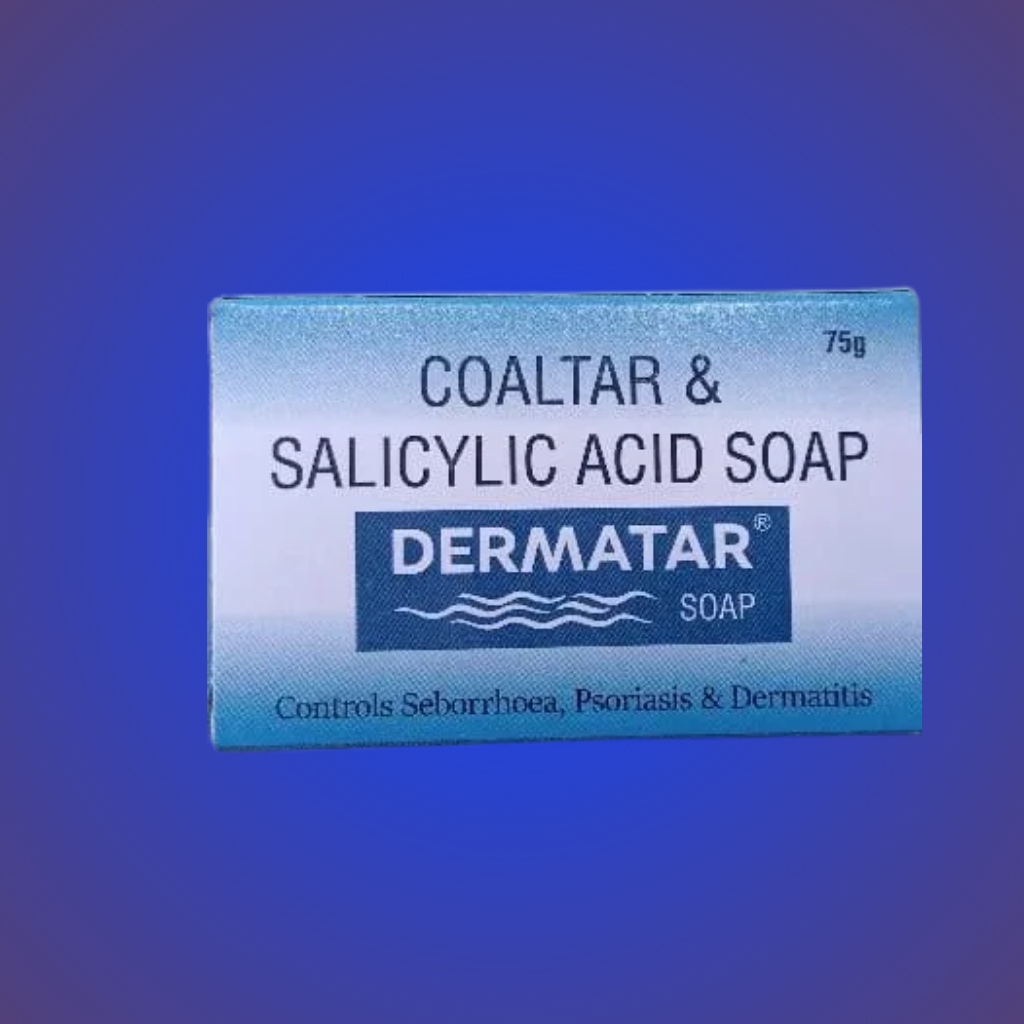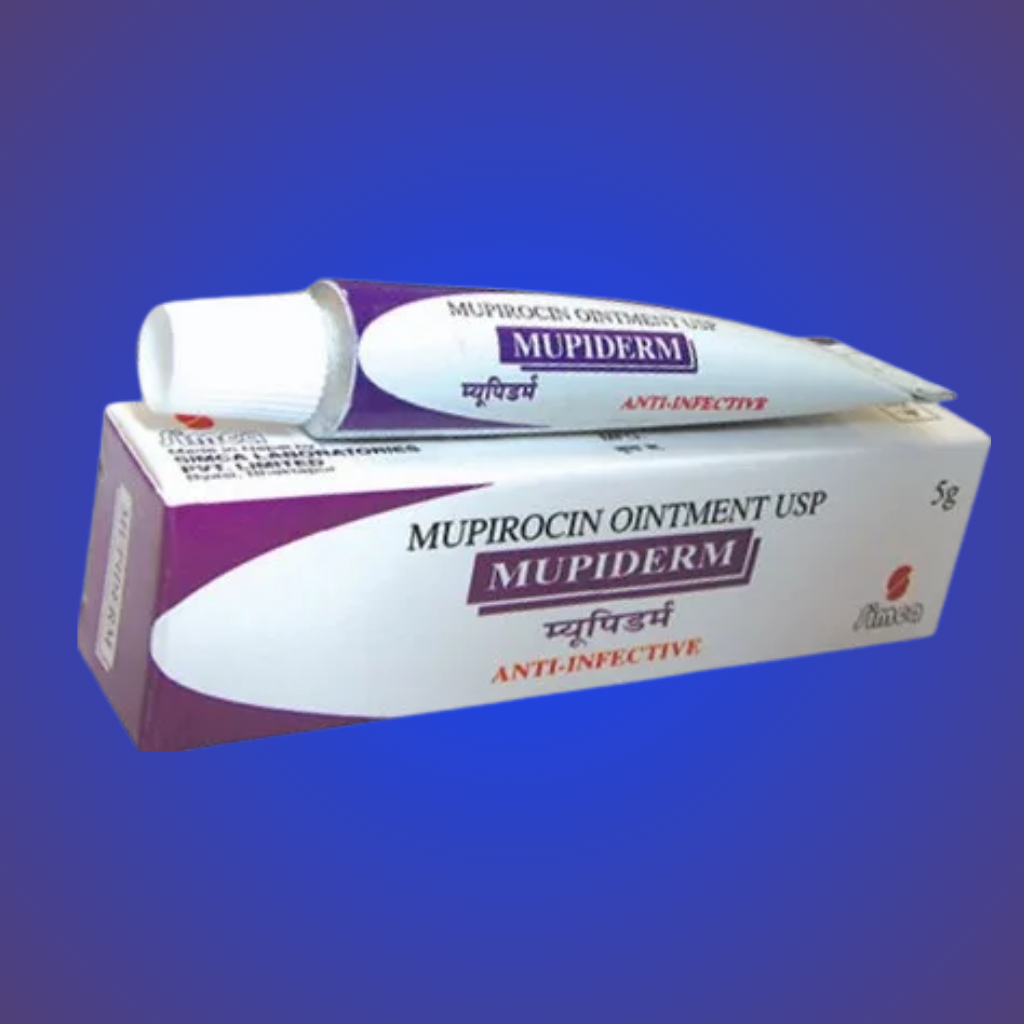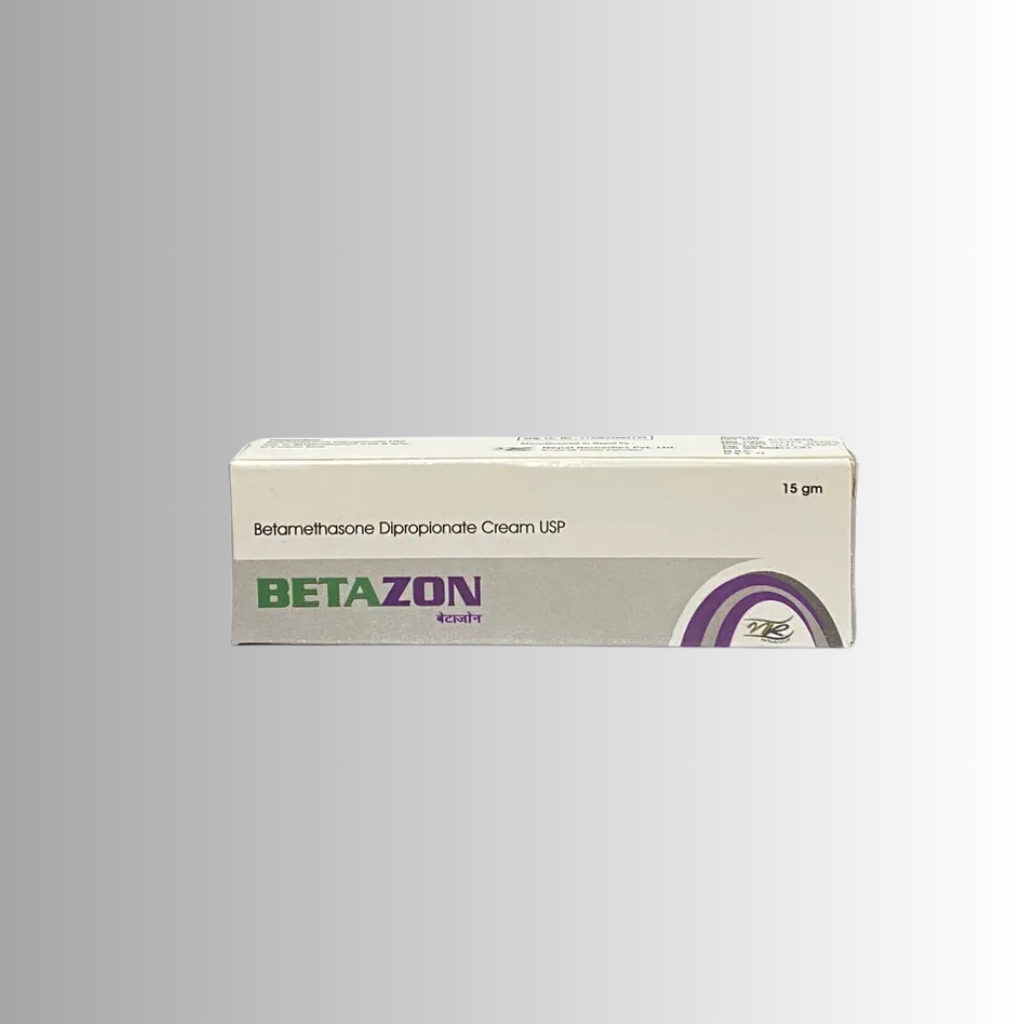Description
The term “CLEANMED” appears to refer to several different types of products, indicating it’s a brand name used by various manufacturers, rather than a specific single medication or supplement.
Based on the search results, “CLEANMED” can be:
-
A Topical Medication (Gel/Cream):
- CLEANMED – Nepal Remedies Ltd. (as per NepMeds) is described as “1% w/w in gel base 15 gm” used for “Bacterial skin infections (e.g., acne) Acne vulgaris.” This suggests it’s likely a topical antibiotic or antiseptic for acne treatment.
- Possible active ingredient: While not explicitly stated on NepMeds, typical active ingredients for topical acne treatments in a 1% w/w gel could include Clindamycin, Benzoyl Peroxide, or a similar antimicrobial agent. Without the precise active ingredient, it’s hard to give specific details beyond its general use for acne.
-
Disinfection and Hygiene Products (Non-pharmaceutical):
- CM-CleanMed GmbH (a Swiss company) produces CLEANSTIC 4.0, a device for disinfecting drinking water using electrolysis, and generally focuses on hygiene and infection prevention in healthcare and homes.
- BMS Dental has products like Cleanmed Hand Gel (containing 70% ethyl alcohol and emollients for hand hygiene), Cleanmed Ready Soft (alcohol-free surface disinfectant), and Cleanmed Mouthwash (containing Chlorhexidine for anti-plaque action). These are primarily for infection control and hygiene in dental and medical settings.
-
A Concept/Brand for “Clean Medicine”:
- Genexa uses the term “clean medicine” to describe their products, which contain active ingredients without artificial inactive ingredients, dyes, flavors, or preservatives. This is more of a philosophy or branding approach than a specific product called “CLEANMED.”
Given the context of your previous questions (Neurocobal, VIT D, NURVI, A to Z, Eva, Deevit), it’s most probable you are referring to the pharmaceutical product for acne from Nepal Remedies Ltd.
CLEANMED (Topical Gel/Cream for Acne – Likely Nepal Remedies Ltd.)
Product Overview: If “CLEANMED” refers to the product from Nepal Remedies Ltd. as indicated by NepMeds, it is a topical gel or cream (1% w/w in 15 gm base) intended for the treatment of bacterial skin infections, specifically Acne Vulgaris.
- Active Ingredient (Likely, but not confirmed without full product label): This type of product often contains an antibiotic or antibacterial agent. Common examples at 1% w/w for acne include:
- Clindamycin: A topical antibiotic that inhibits bacterial protein synthesis, reducing the growth of Propionibacterium acnes (now Cutibacterium acnes), a key bacterium involved in acne. It also has some anti-inflammatory properties.
- Erythromycin: Another topical antibiotic.
- Sodium Fusidate: Less common for acne in all regions, but a possibility for bacterial skin infections.
Key Uses:
- Acne Vulgaris: The primary use is to treat various forms of acne, including papules, pustules, and sometimes comedones. It targets the bacterial component of acne.
- Other Bacterial Skin Infections: Depending on the specific active ingredient, it might be used for other minor bacterial skin infections, but its core indication mentioned is acne.
How it Works (assuming an antibiotic like Clindamycin): If it’s an antibiotic gel:
- Reduces Bacteria: It penetrates the skin and reduces the population of acne-causing bacteria (C. acnes) within the hair follicles.
- Anti-inflammatory Effect: Many topical antibiotics used for acne also possess anti-inflammatory properties, which help reduce the redness and swelling associated with acne lesions.
Side Effects
Topical medications generally have localized side effects.
Common Side Effects (at the application site):
- Dryness, peeling, or scaling of the skin
- Redness (erythema)
- Itching
- Burning or stinging sensation
- Irritation
- Oily skin (paradoxically, in some cases)
Less Common / Potentially More Serious Side Effects:
- Allergic reactions: Rash, hives, severe itching, swelling (especially of the face, tongue, or throat), severe dizziness, trouble breathing. (Seek immediate medical attention).
- Pseudomembranous Colitis (rare): While primarily associated with oral antibiotics, very rarely, topical clindamycin can be absorbed into the bloodstream and cause severe diarrhea, abdominal pain, and fever. If severe, persistent, or bloody diarrhea occurs, discontinue use and contact your doctor immediately.
- Folliculitis: Inflammation of hair follicles.
Precautions
- For External Use Only: Do not ingest this product. Avoid contact with eyes, mouth, nostrils, and other mucous membranes. If accidental contact occurs, rinse thoroughly with water.
- Allergies: Do not use if you are allergic to the active ingredient (if known, e.g., clindamycin or erythromycin) or any other components of the gel/cream.
- Gastrointestinal Issues: If you have a history of regional enteritis, ulcerative colitis, or antibiotic-associated colitis, discuss this with your doctor before using topical antibiotics like clindamycin.
- Pregnancy and Breastfeeding: Consult your doctor before use if you are pregnant, planning to become pregnant, or breastfeeding. Topical absorption is minimal but should still be evaluated.
- Concurrent Topical Treatments: Avoid using other topical acne treatments (especially those containing peeling agents like salicylic acid, benzoyl peroxide, or retinoids) on the same area at the same time unless advised by your doctor, as this can increase skin irritation and dryness.
- Sun Sensitivity: Some acne medications can increase sun sensitivity. Use sunscreen and protective clothing when outdoors.
- Prolonged Use: Prolonged or excessive use of topical antibiotics can lead to bacterial resistance. Use only for the prescribed duration.
- Improvement Time: It may take several weeks (e.g., 6-8 weeks) to see significant improvement in acne. Continue using as directed.
- Discontinuation: Do not stop using the medication abruptly if symptoms improve, unless advised by your doctor.
Prescription Information
- Availability: In Nepal, it would likely be available in pharmacies. Depending on the active ingredient and local regulations, it might require a prescription or be available over-the-counter. For acne treatment, it is often prescribed by dermatologists.
- Dosage and Administration:
- Frequency: Typically applied once or twice daily to the affected skin areas.
- Application: Cleanse the affected skin thoroughly before application. Apply a thin layer of the gel/cream to the entire affected area (not just individual spots) as directed by your doctor. Rub in gently.
- Hands: Wash your hands thoroughly after applying the gel/cream.
- Duration: Use for the period prescribed by your doctor.
- Storage: Store at room temperature, away from moisture and heat. Do not freeze. Keep out of reach of children. Check the expiry date before use.
Important Note: Without knowing the specific active pharmaceutical ingredient(s) in “CLEANMED” from Nepal Remedies Ltd., this information is based on common topical acne treatments that fit the description. Always refer to the product’s official packaging, leaflet, or consult a healthcare professional for precise details and guidancev
Additional information
| form | PCS |
|---|







Reviews
There are no reviews yet.